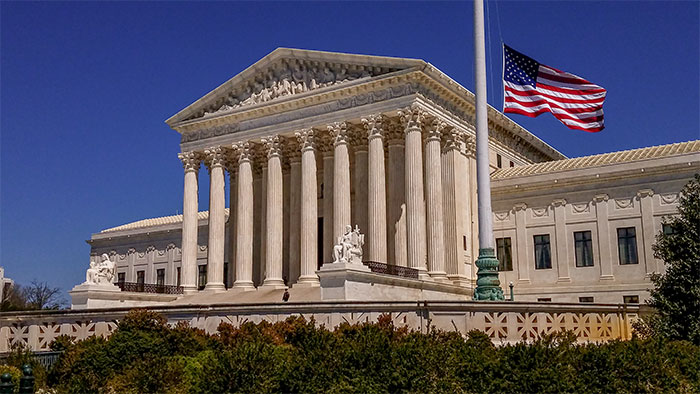The Wayfair Impact at Year 3
- By [ Jason Brewer ]
- 06/22/2021
In Wayfair, the Supreme Court ruled that states could assess sales tax on purchases made from out-of-state sellers, even if the sellers do not have a physical presence in the taxing state. Until 2018, the 1992 Quill decision denied states the ability to collect sales tax on out-of-state purchases because of the Dormant Commerce Clause, which prohibits state legislation from interfering with interstate or international commerce.

What is often lost in the discussion over the state budgets impact of the Wayfair decision is its origins; the pursuit of parity for brick-and-mortar retailers with their e-commerce counterparts. Years of Congressional gridlock forced RILA to abandon a legislative solution to the problem in pursuit of a legal strategy to overturn the underlying 1992 Quill decision. Led by RILA General Counsel and Retail Litigation Center President Deborah White, the retail community embarked on a two-year campaign to shepherd a case to the Supreme Court to overturn the Quill precedent. At the time of the ruling, Ms. White stated, “Today’s decision culminates years of tireless work by the retail community to reverse pre-Internet era rule that distorts free markets and puts local brick and mortar stores at a competitive disadvantage with their online-only counterparts.”
No one could have predicted the terrible impact COVID-19 would have on lives and livelihoods. But there is not a better example than this pandemic to illustrate how uniquely important the Wayfair decision was and has been for both the retail industry and state and local governments. The serendipitous pursuit of justice for all retailers made the industry stronger at a time when the communities we serve would need us the most. And it gave states’ the financial strength they too would need to weather the economic storm and protect our most vulnerable citizens.
As we approach the anniversary of the Court’s decision in WayFair, we salute the Retail Litigation Center and all those who partnered in our effort to restore free market competition and fairness for all retailers. The case, and its impact, has grown in importance since the Court’s 5-4 decision three short years ago.
Tags
-
Public Policy
-
State Affairs
-
Supreme Court
-
Supporting Free Markets and Fostering Innovation
-
Tax
-
Legal Affairs & Compliance
-
Retail Litigation Center



